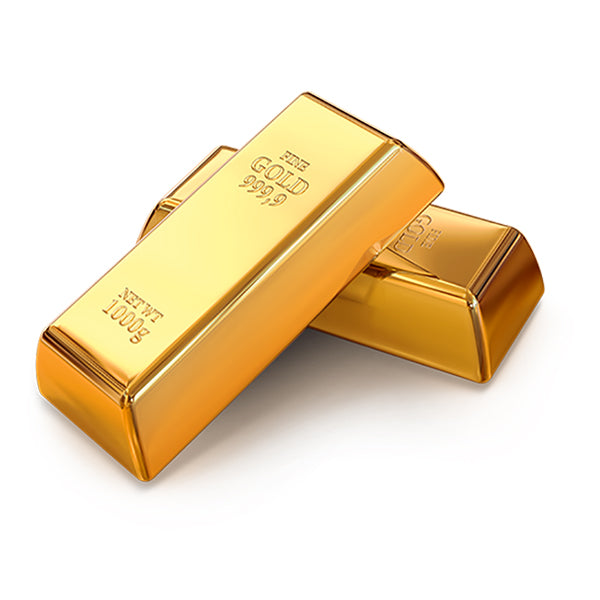
As early as 2000 BC, gold bars were used as a means of exchange and were the precursor to the first minted coins. Today, gold bars are no longer used in payment transactions, but are simply kept in bank safes or private individuals' vaults as an investment.
Gold bars can usually be purchased in different sizes between 1 gram and 1 kilogram. However, there are also very large gold bars weighing 400 troy ounces - that's about 12.5 kilograms - which can usually only be purchased from banks or companies that process the gold bars.
One advantage of gold bars over those made of other precious metals is that you do not have to pay VAT on them if they are at least 99.5% fine. The larger the gold bars, the lower the issue premium is, as larger units mean lower production costs.
Gold bars – what should you consider?
There are two different qualities of gold bars; if they weigh between 1 g and 1,000 g, they are usually minted and therefore have a shiny appearance. All sizes above this are made by casting and tend to have a more matte appearance. The casting process also gives the gold bars a slightly irregular appearance with rounded corners and edges.
It is important that the gold bars are clearly marked with certain data. For example, the manufacturer is obliged to mark them with their logo. The mass and fineness must also be specified - for example, 999.9 for a fineness of 99.99%. Large gold bars also receive an individual number that can be used to clearly identify them.
